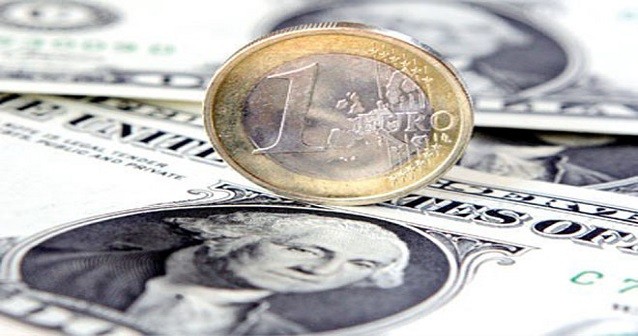 The EURUSD is the most traded and therefore the most liquid currency pair at the disposal of forex traders. Most trading positions are held in the EURUSD which often offers the best spread, the difference between the bid price and the ask price, or the cost of trading. You can find plenty of fundamental information and technical analysis on this currency pair which has enjoyed a rally of over 1,000 pips since recording its multi-decade lows.
The EURUSD is the most traded and therefore the most liquid currency pair at the disposal of forex traders. Most trading positions are held in the EURUSD which often offers the best spread, the difference between the bid price and the ask price, or the cost of trading. You can find plenty of fundamental information and technical analysis on this currency pair which has enjoyed a rally of over 1,000 pips since recording its multi-decade lows.
Will the rally in the EURUSD continue? That’s a question most traders need to have answered, but it really depends on the individuals interpretation of the economic data released out of the Eurozone as well as the United States and how technical indicators are read, understand and implemented. Different forex traders will come with a different answer and today we will look at some fundamental developments which impacted this currency pair.
On Monday the Eurozone Manufacturing PMI was revised slightly lower for May to 52.2. The downward revision was due to the slowdown in Germany while France and Italy were revised higher. On the same day the US reported a standstill in personal spending which was a big disappointment. This suggests that the second-quarter GDP may come in much weaker than expected with the absence of consumer spending.
On Tuesday it was reported that the Eurozone CPI rose more than expected May with an increase of 0.3% annualized. The core CPI, which is the CPI excluding food and energy, rose by 0.9% which also beat expectations. On the same day the US reported an unexpected contraction of 0.4% in factory orders while economic optimism shrank further with the IBD/TIPP Economic Optimism Index for June dropping to 48.1.
On Wednesday the Eurozone reported more optimistic economic reports with the upward revision to its Eurozone Composite PMI as well as its Eurozone Services PMI which surprised economists who were looking for no change. The Eurozone Composite PMI was revised up to 53.6 and Eurozone Services PMI was revised up to 53.8. On the same day the US reported a surprise drop in its all-important ISM Non-Manufacturing Index down to 55.7.







